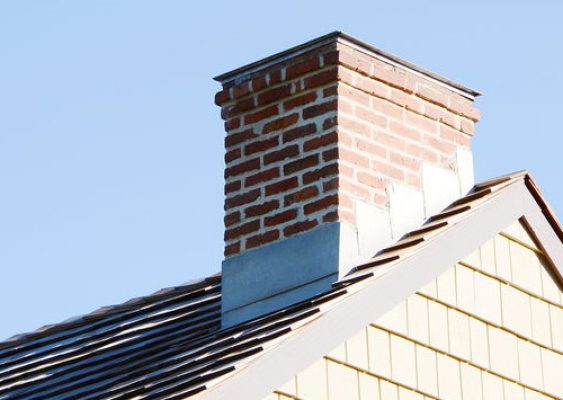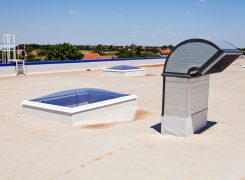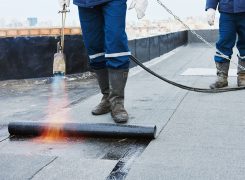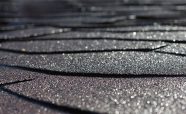Free Cost Inspection
1600 Hialeah Ct. Oldham County KY 40026
Do Houses Need Chimneys?
Posted by hitesh No Comments on Do Houses Need Chimneys? Assurance Roofing
Do Houses Need Chimneys?
What can make a house more pretty during the holiday season than a decorated chimney or fireplace? Lights and other décor on the chimney’s exterior and the fireplace mantel trimmed in garland and Christmas cards adorning the manger scene, while the family sits around the burning fireplace – this is how we make memories. Until the chimney is leaking cold air or rain, that is, and then you need chimney repair, which can take the beauty of the holiday season away for a short time anyway.
What can bring the mood down faster than that happening, right? Therefore, it is essential to have regularly scheduled chimney repair and inspection by a professional contractor. The assessment is often free, and if there is a cost, it’s deducted from the chimney repair estimate once chimney work repairs are complete.

What is the difference between stack and chimney?
Well, it would depend if you are using it as a noun or a verb. The definitions are as follows. As a noun, the difference is a chimney is a hollow column or vertical tube that emits gas, smoke, and solid matter, including the by-products from burning carbon or hydro-carbon fuels. A stack is a pile.
As a verb, the difference is that they reference a chimney to climbing by pushing with your back, feet, and hands against the sides. A stack is to assemble a stack or to add to an existing one.
If you refer to the chimney and “smokestack,” The main difference is that a chimney is in a residential setting and has a flue on top. Smokestack in terminology for industrial uses, such as steam locomotives, has smokestacks where the smoke and steam from the engine, aka the exhaust, escapes the engine’s smokebox.
Do taller chimneys draw better?
Taller is better to accumulate more significant pressure variance due to the warm air column created inside the flue. For every cubic foot of lighter than a cubic foot of cold ambient air, a twenty-foot tall chimney will draw double what a 10-foot-tall chimney will. Building codes may vary by city, but the basic requirements require 3-feet above the roofline and 2-feet higher than other parts of the roof within the 10-feet of the chimney.
Why are chimneys crooked?
There can be a variety of reasons why chimneys lean, with most causes being weather-related. For instance, lazily sealed mortars can erode during inclement weather. High winds can catch a tall chimney and, if strong enough, cause it to bend/lean, and if a radio or television antenna is attached to the chimney, a high wind will turn the antenna, putting stress on the vent.
Another cause is the sulfurous chemicals that come from the coal or fuel oil while using the fireplace will attack and weaken the mortar and the flue. The flue can be preserved by having a ceramic flue liner installed. Whether or not a crooked chimney requires chimney repair is totally up to the homeowner and causing problems, like leaking cold air or rain.
Some say that chimneys are crooked in homes older than 60 years due to accidental design. Consider that most of the house was built by hand without using power tools and computerized equipment. Thus, as they made the chimney, it would get a bit crooked at the roofline. For a multi-storied house, on each floor, the chimney would get a bit skewed as well.
Why do old chimneys lean?
One theory to this question is the colder North wind keeps the north side marginally colder for a more extended period than the Southside. The other idea, more engineering thought process, is that masonry chimneys lean because of their weight, which can be many tons in a concentrated small area. Either concept stresses the importance of a well-built chimney with a sturdy footing of concrete.
Other reasons that can make a chimney lean other than the footing is shallow or undersized is the foundation has deteriorated or is non-existent. Poor soil conditions can cause a chimney to lean.
Does homeowners insurance cover chimney repair?
To an insurance company, the proper workings of and safety of a chimney is the homeowner’s maintenance responsibility no, your homeowner’s insurance will not cover any chimney repair. This includes any chimney work your chimney may need from the masonry to the damper or replacing the cover. Any of the following can damage a chimney:
- Disasters, “natural” occurrences
- Water and weather weaken the mortar, and eventually, the bricks
- Repeated use that builds up the creosote
- Poor quality
A chimney and fireplace can be a beautiful addition to any home. It was a means of keeping the house warm in the winter for older homes because central heat and air have not always been around. Homeowners used it for cooking in earlier years, as this country was settling.

You should perform your cleaning once a month, but we recommend professional cleaning once a year, preferably just before winter use. Need chimney cleaning or repair in Goshen and Louisville, KY? Call 502-228-7717 today for Assurance Roofing.
Phone :
(502) 228-7717
(502) 314-0818
Address :
1600 Hialeah Ct.
Goshen KY 40026
Open Hours :
Mon to Fri :
9:00am - 5:00pm
We are Highly Accredited












